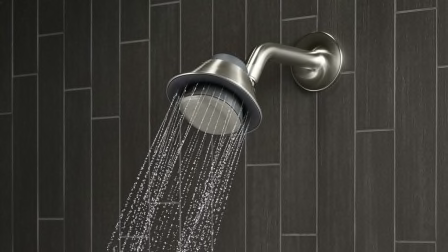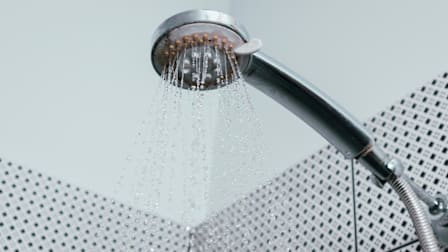Is Your Toilet Running Up Your Water Bill?
How to save water—and money—by detecting and fixing leaks
When you shop through retailer links on our site, we may earn affiliate commissions. 100% of the fees we collect are used to support our nonprofit mission. Learn more.

Next time you get your water bill, take a look at how much water you’re using. If it’s more than 12,000 gallons a month for a family of four, you have some serious leaks.
That means you’re paying for water that’s going right down the drain. To stem the tide, the Environmental Protection Agency recommends checking your home for the most common causes of leaks during its annual Fix a Leak Week.
Before looking for individual leaks, check your overall water usage by monitoring your water meter over a 2-hour period when no water is being used.
Does the meter keep inching up? The good news is that many common leaks are easy and inexpensive to fix.
Where to Look for Leaks
Toilet leaks. Typically, toilets begin leaking when the toilet flapper or valve seal becomes old or worn out. A good way to check is to put some food coloring in the toilet tank and wait 15 minutes to see whether color shows up in the toilet bowl. If it does, you’ll need to fix the flapper or valve seal. You can probably find the replacement part at your hardware store, but to be sure, take the old part with you for comparison.
Top-Performing Toilets Under $250
How to Fix Leaks in Your House
Small leaks around your house could be costing you big on your water bill. Many of those leaks are easy and inexpensive to fix. On the "Consumer 101" TV show, Consumer Reports expert John Galeotafiore shows you how.




















